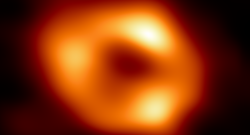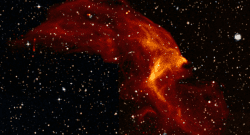360onHistory.com uses cookies so that we can provide you with the best user experience possible. Cookie information is stored in your browser and performs functions such as recognising you when you return to our website and helping our team to understand which sections of the website you find most interesting and useful.
Strictly Necessary Cookies
Strictly Necessary Cookie should be enabled at all times so that we can save your preferences for cookie settings.
If you disable this cookie, we will not be able to save your preferences. This means that every time you visit this website you will need to enable or disable cookies again.
Additional Cookies
This website uses the following additional cookies:
Google.com
Google.co.uk
Addthis.com
doubleclick,net
Please enable Strictly Necessary Cookies first so that we can save your preferences!
Cookie Policy
More information about our Cookie Policy







![This image shows a section of the side view of the Milky Way as measured by ESA’s Gaia satellite. The dark band consists of gas and dust, which dims the light from the embedded stars. The Galactic Centre of the Milky Way is indicated on the right of the image, shining brightly below the dark zone. The box to the left of the middle marks the location of the “Maggie” filament. It shows the distribution of atomic hydrogen. The colours indicate different velocities of the gas. [less] Image: ESA/Gaia/DPAC, CC BY-SA 3.0 IGO & T. Müller/J. Syed/MPIA](https://www.360onhistory.com/wp-content/uploads/2022/01/mpia-pr_maggie_syed_2021_teaser_16x9-250x135.jpg)

